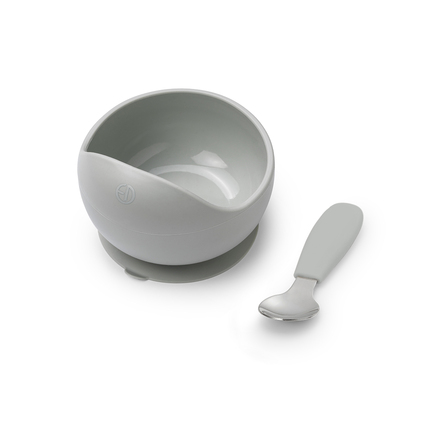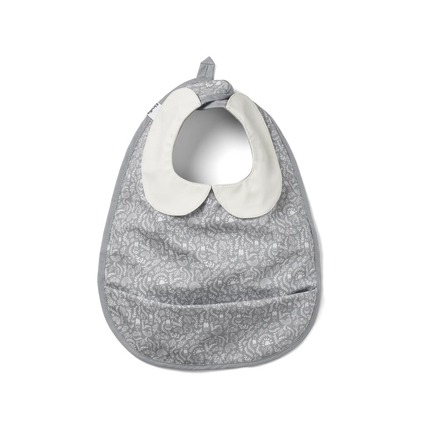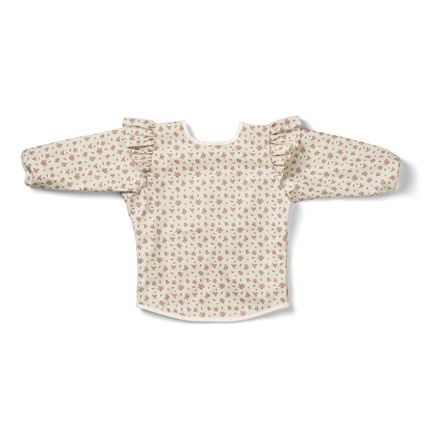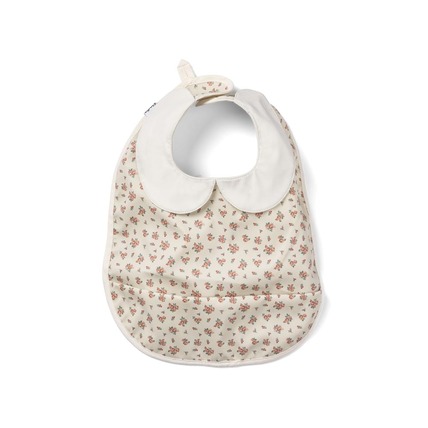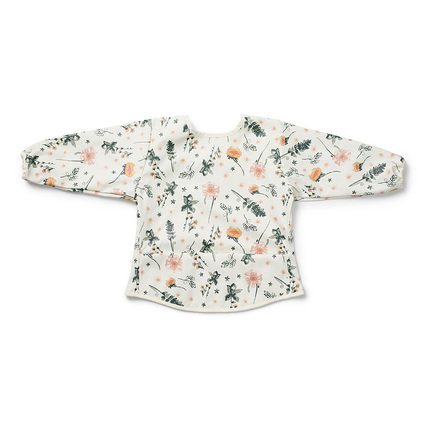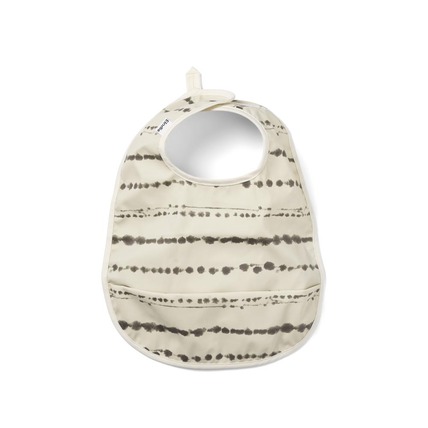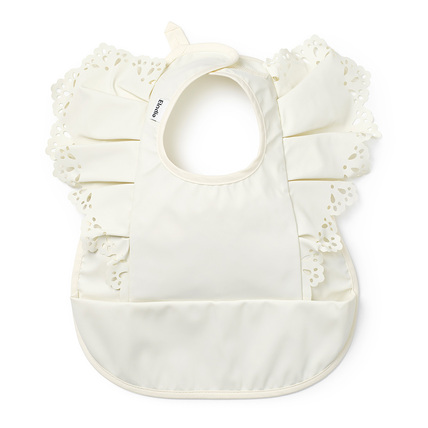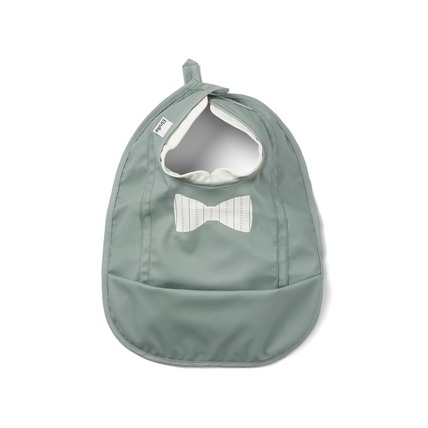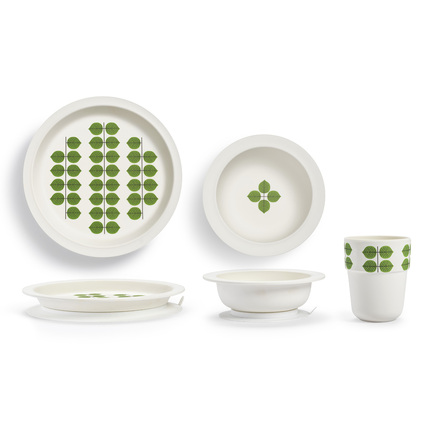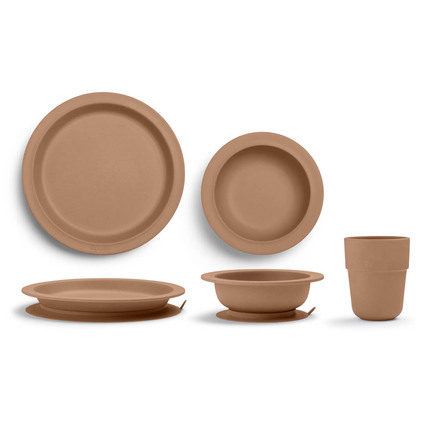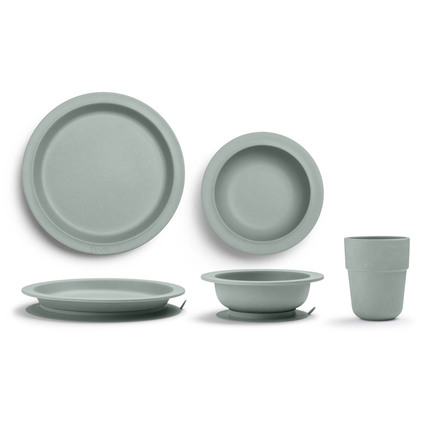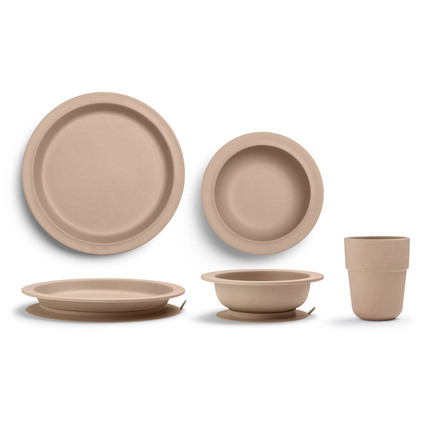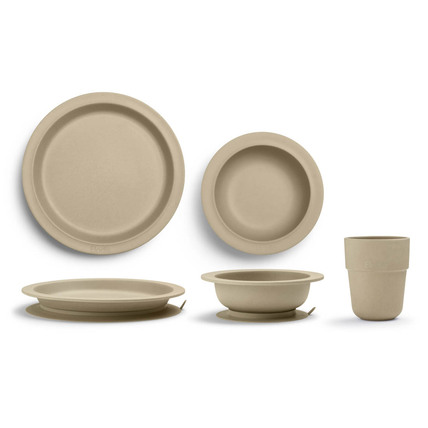Let's eat – A parent's guide to feeding
We know that babies and toddlers eating habits can be somewhat tricky to figure out, especially as a first-time parent. When should you start introducing solid food to your baby? How many times a day should you feed your baby? Here is your go-to guide:
Newborn to six months
During this time, solid food is off-limits, and breast milk or formula is on the menu. If you’re unsure of how to know when your baby’s full, look for signs of your baby looking calm and satisfied. A good ground rule for how often you should feed your baby is about 7-12 times per day.
Six months to one year
Knowing when your child is ready to start trying solid food isn’t always obvious, but there are a few signs to keep a lookout for. First, try to see if your baby can move the food in his or her mouth from front to back and if closing the mouth around the spoon comes naturally. Other signs of readiness are when your baby has doubled in weight since birth and can sit upright and hold the head up.
We have beautiful feeding spoons in stainless steel that are perfectly angled and sized for your baby’s first adventures with solid food.
At this point, introducing a Sippy Cup can be another good way to encourage and develope the hand-eye-mouth coordination they need in order to start eating and drinking on their own.
Tip!
Use both the feeding spoon and the regular spoon from our Silicone bowl set and give your baby the regular one. Then feed your child with the feeding spoon and see if she or he begins to pick up some food with the regular spoon. Guide your child along and show how it’s done until she or he starts to eat. You could alter the spoons between the bites if you find that it works, and remember never to stress and let it take time.
One to two years
When your baby has grown to become a toddler, she or he will most likely start picking up a spoon and trying to feed her- or himself. Let it take time and don’t rush it. Your little one is just beginning to master the art of eating. By this time, solid food including healthy snacks, are the primary source of nutrition, but you can still breastfeed your child as much as he or she wants.
Our three-piece children’s cutlery sets are perfect for this age and designed to fit small hands and beautiful table settings. The knife, fork and spoon have large and well-rounded handles that help the first-time eater get a good grip.
At this age, playing "fun games" or having small tantrums at the table can cause food to go everywhere. To avoid lots of changes of clothes, our baby bibs have a wide fit covering both shoulders and chest, as well as a large front pocket to catch any mealtime messes. And don’t worry – we have bibs with long sleeves too for our extra creative and playful little ones.
Two to three years
When your toddler becomes a bit older, experimenting with food can be quite an adventure. Try to serve different foods every day to make your child familiar with a variety of flavours and textures. Space out the meals to 2-3 hours, or 5-6 times a day to let the hunger build, and make sure that your little one gets enough to drink.
At this age, your child is on the verge of becoming a true foodie – and a good way to encourage that is by ensuring they have table ware they feel comfortable with. Our PLA Dinner Sets with silicone suction pads is a good example. They stick to any flat surface and helps your little ones get the most out of their new adventures with food. And of course, reduces the risk of excessive floor scrubbing for the parents after each meal.

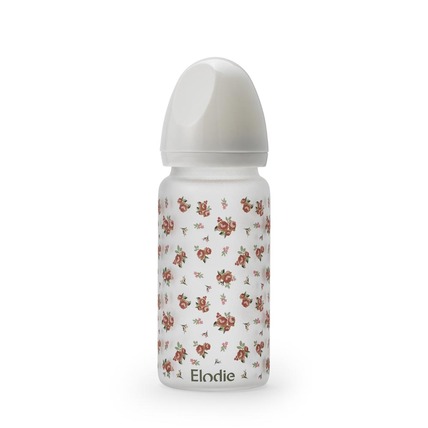
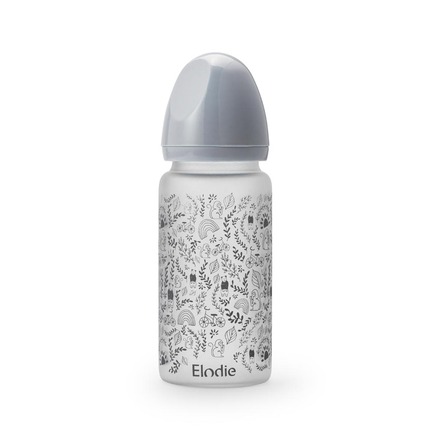
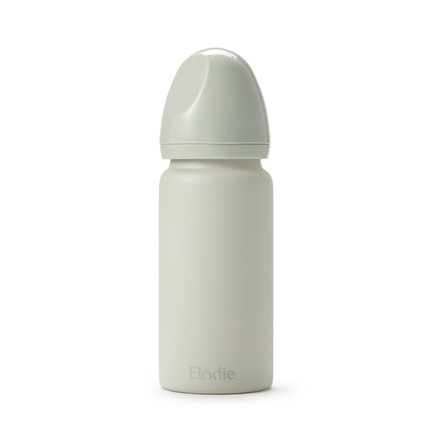
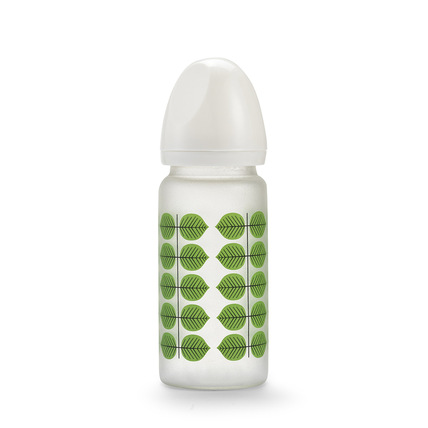
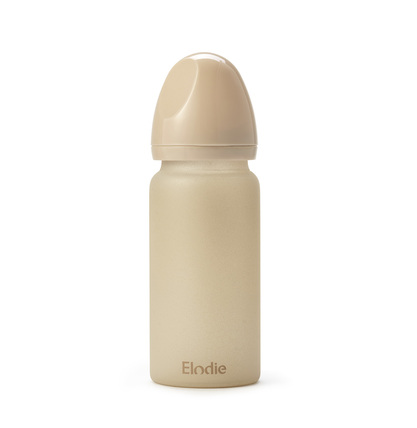
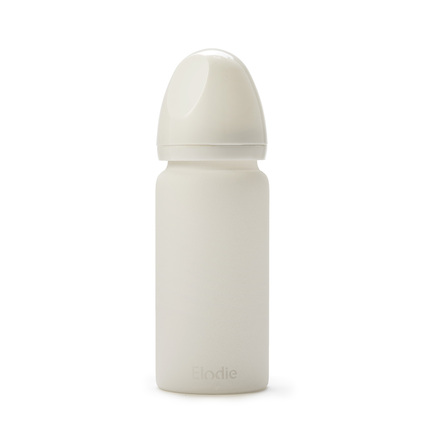
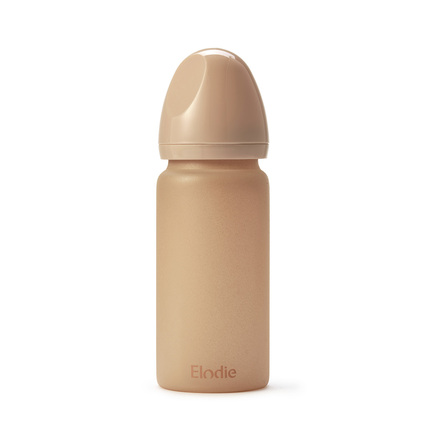
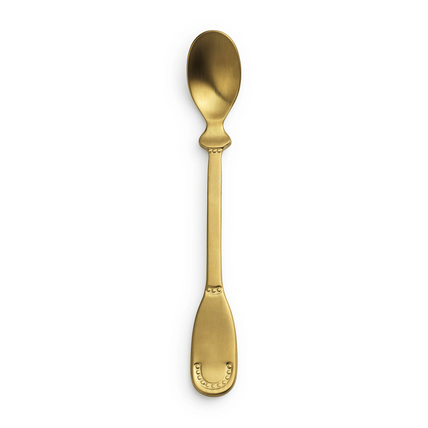
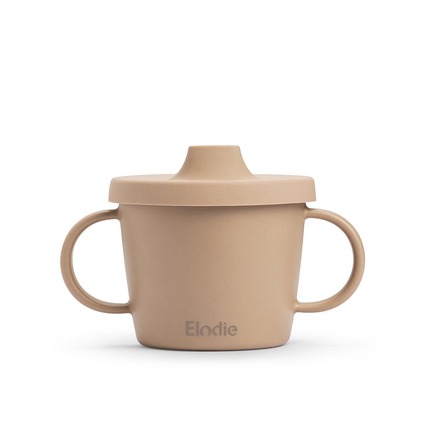
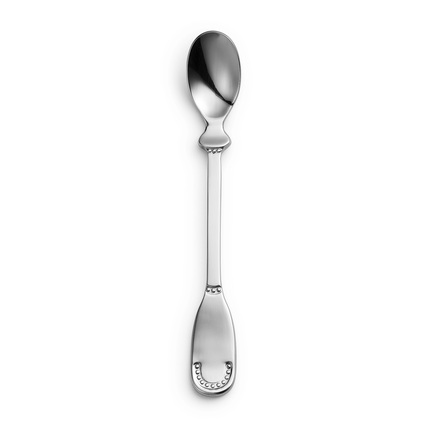
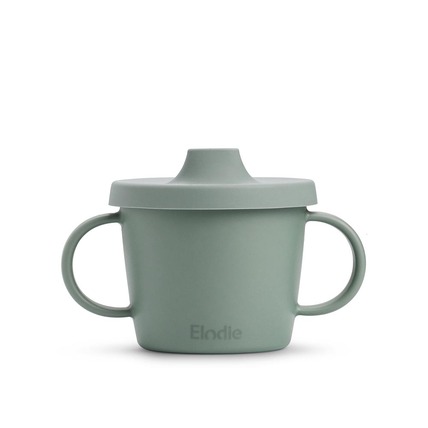
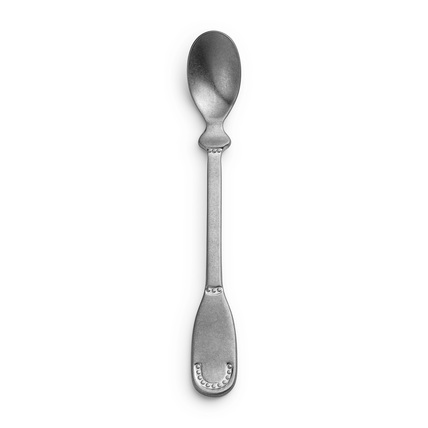
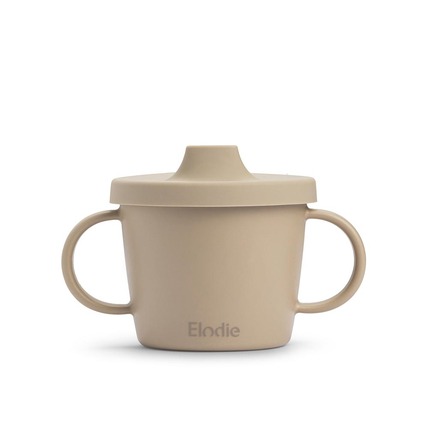
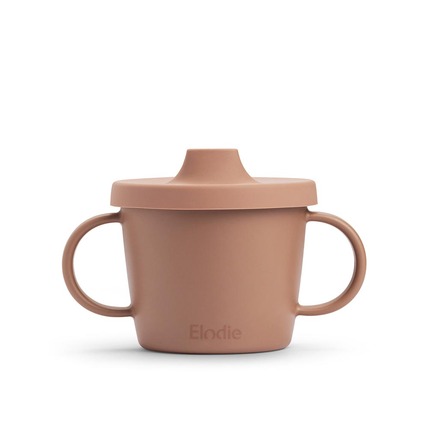
.jpeg)
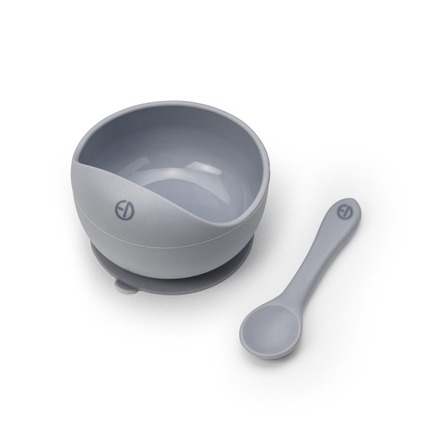
.jpeg)
